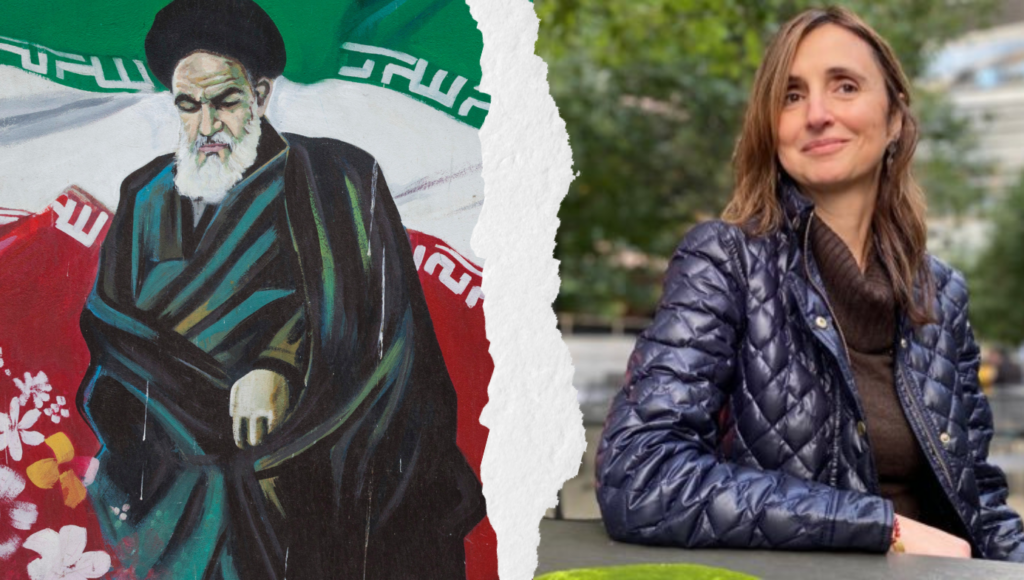Paul Berman
27 May 2022
Roya Hakakian is an American writer from Iran who commands a distinctive ability to speak about large and horrific events in a chipper tone that appears to underplay the horrific quality and, by apparently underplaying, ends up subtly underlining. It is an artful tone. It is cagey, charming, disarming, and, then again, alarming. An example of this might have caught a reader’s eye some months ago, in August 2021, in the New York Review of Books. She published an essay in those pages explaining that two officious personages whom she described as conservatively dressed “federal employees” knocked on her door in the woodsy precincts of lush Connecticut. “Mom, it’s the FBI!” said her 13-year old.
The agents informed her that she had become a target of Iranian government operatives in the United States. “Like a pair of fortune-tellers reading tea leaves, they said that they knew nothing concrete or specific beyond a vague danger; they relied on me, with my knowledge of Iran’s past dealings with dissidents, to surmise that it could mean an assassination plot.” She was breezy. “I laughed.” She professed incredulity to the agents, made jokes, pointed out the absurdity of being regarded as a danger to the Iranian regime, there amidst the Connecticut idylls. “I tried to reassure my children, however falsely, that I was not worried—to which one of them, having inherited his mother’s penchant for untimely humor, said he wasn’t either, because the killers were only after me, not them.”
But she did point out the worrisome aspect. She alerted her readers to the news, quietly announced a month earlier, in July 2021, that Iranian agents had plotted to abduct another Iranian-American, the journalist Masih Alinejad, from her home in Brooklyn, with the intention of smuggling her by speedboat to Venezuela and presumably to her death. Masih Alinejad is the high-spirited animator of a social-media campaign among women back in Iran to post photos of themselves with their mandatory headscarves scandalously removed and their hair exposed to the free play of the open air—which she has described in an up-from-village-life Iranian memoir obligingly titled The Wind in My Hair. And because control of women’s clothing has always been the first and unalterable demand of Islamist movements, and because, on the other hand, Islamist demands are not always as popular or autochthonously authentic as they are said to be, Alinejad’s social-media campaign has aroused a visible enthusiasm among women in the Islamic Republic.
The enthusiasm has transformed her into what the Islamic Republic evidently deems to be a subversive menace. Roya Hakakian and Masih Alinejad happen to be friends, as Hakakian noted in the New York Review, and the combined threats against them suggest a broader policy of violence and intimidation on the part of the Islamic Republic and its operatives in the United States. This is a policy aimed not just at a couple of inconveniently articulate emigrés, but at the larger circles of the Iranian emigration in America and everywhere else, whose members are bound to pause an additional thoughtful moment before piping up in public about life and oppression back home in far-away Iran. The policy is a display of power. It terrorizes. It succeeds at doing this even if any given plot is foiled, or is suspended, or is merely intimated. And it succeeds at something else as well, which bears on the question of prose tone and verbal strategies.
Read more ….
